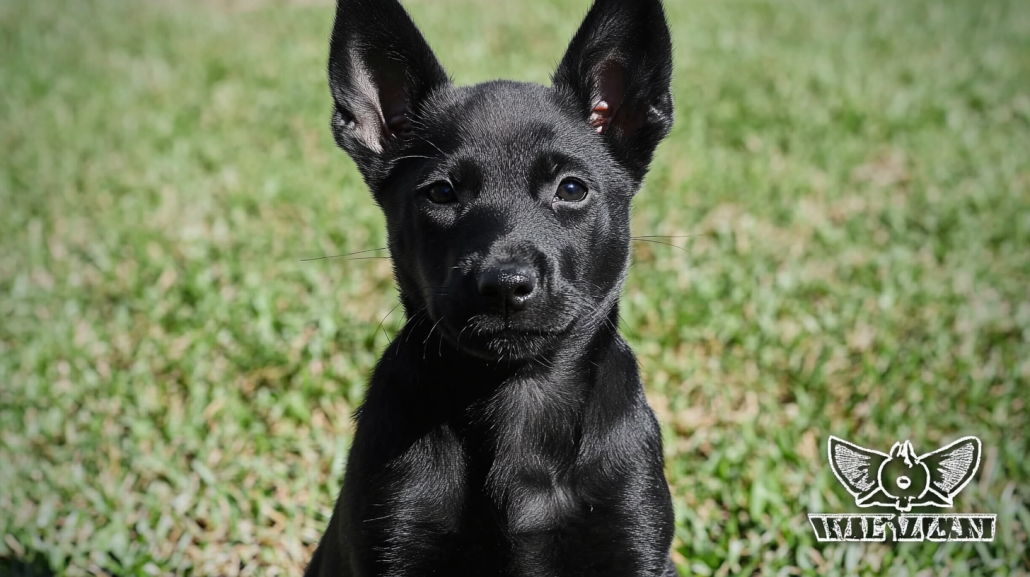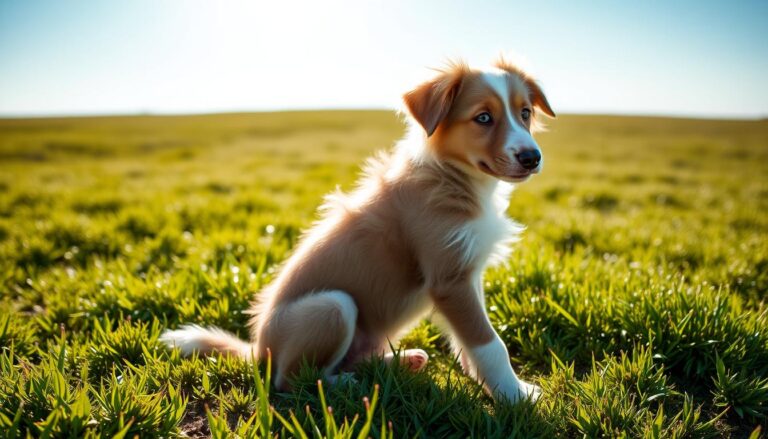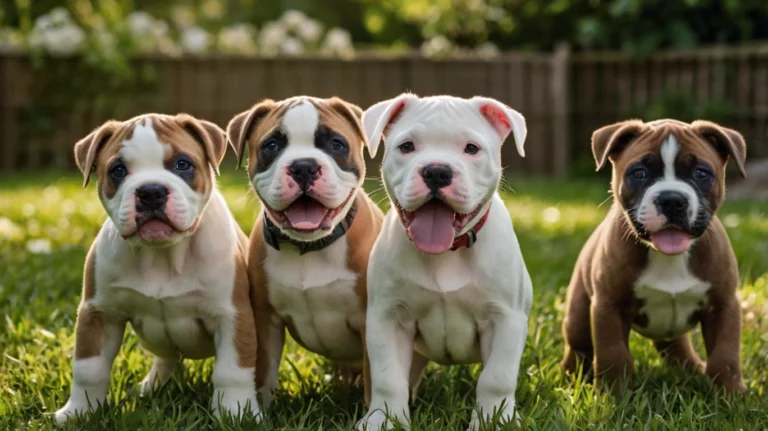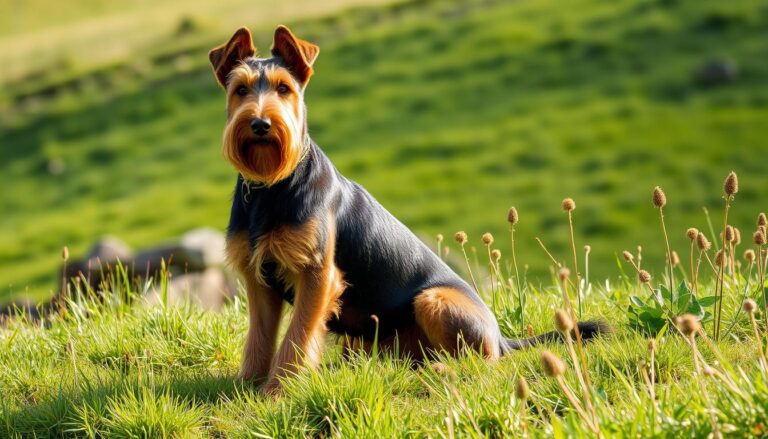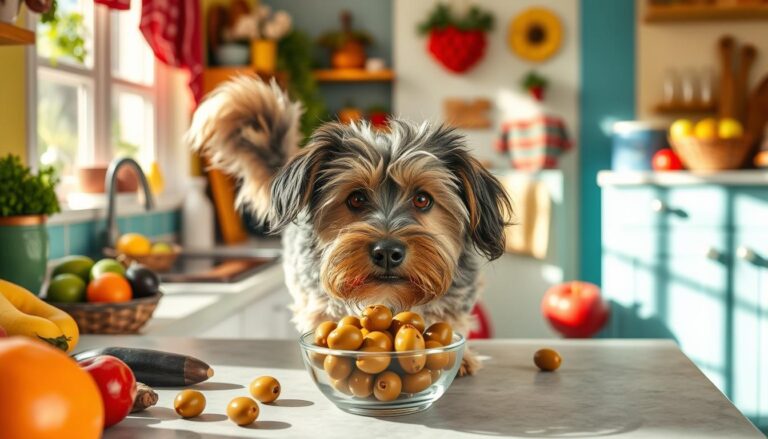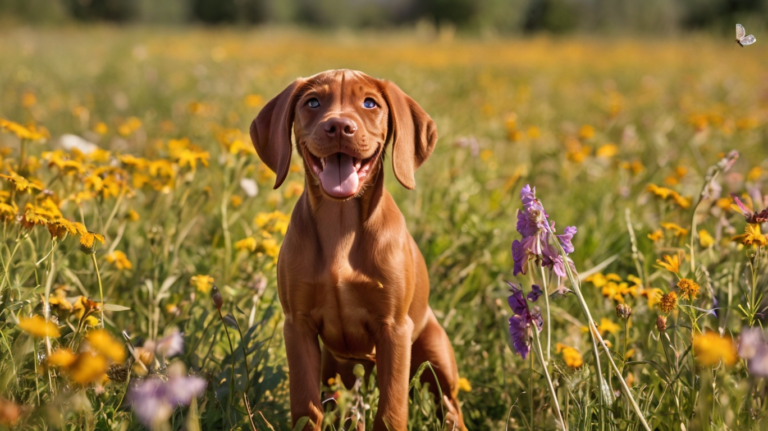Black Belgian Malinois Puppy: 7 Positive & Powerful Tips
Introduction
Imagine a sleek, midnight-furred whirlwind zooming around your backyard—ears perked, eyes full of eagerness, and a playful grin on its muzzle. That’s life with a black belgian malinois puppy, a wonderful combination of smarts, spunk, and devotion. Often seen working alongside police or military units, these dogs are prized for their alert nature and boundless drive. Yet behind the intense gaze and unstoppable energy lies a deeply affectionate pet who thrives on human companionship.
You might’ve fallen in love with the idea of owning a black belgian malinois puppy after watching them excel in agility contests or loyalty demonstrations. Perhaps you’re searching for a canine partner to keep up with your active lifestyle. Or maybe you’re interested in harnessing their protective instincts in a family setting. In this article, we’ll explore the breed’s origins, temperament, training needs, grooming tips, and more.
A Glimpse into the Belgian Malinois Breed
Belgian Origins
The Belgian Malinois takes its name from the city of Malines in Belgium, where they were originally developed as herding dogs. According to the American Kennel Club (AKC), these canines form one of four Belgian herding breeds, each named for the region of its origin. Renowned for their intelligence, drive, and agility, Belgian Malinois were eventually recruited into police, military, and search-and-rescue roles worldwide.
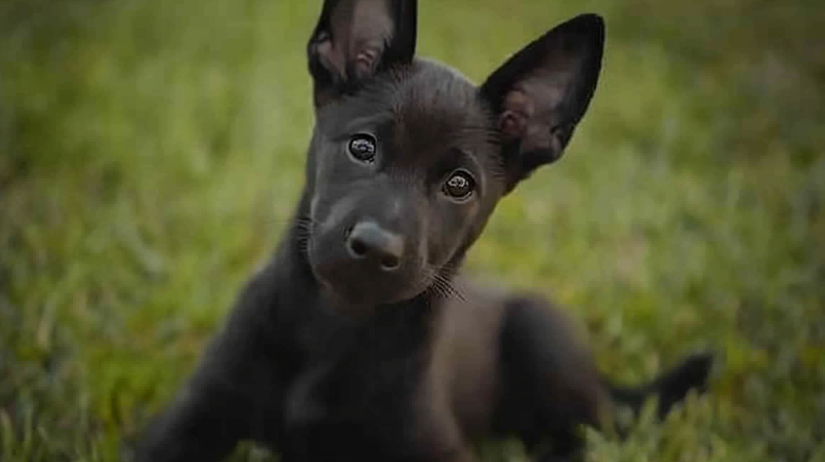
Distinctive Coloring: Black Belgian Malinois Puppy
While the classic Malinois typically sports a tan coat with a black mask, a black belgian malinois puppy presents a gorgeous solid-black or predominantly black coat. Though somewhat less common, black coloration can and does occur within the breed. Regardless of coat color, all Malinois share the same traits that make them superb workers and devoted guardians.
Character & General Temperament
- High Energy: A black belgian malinois puppy is best suited for active owners who can provide substantial daily exercise.
- Intelligence: Malinois consistently rank among the most trainable dog breeds.
- Protective Nature: They form intense bonds with their families and can be naturally wary of strangers.
- Mental Stimulation: Puzzle toys, obedience drills, or specialized tasks keep your puppy’s keen mind engaged.
The Road to Bringing Home a black belgian malinois puppy
Assessing Your Lifestyle
Before adopting a black belgian malinois puppy, it’s important to evaluate whether your daily life aligns with this breed’s demands:
- Time Commitment
- Prepare for frequent training sessions and interactive play.
- Malinois do poorly if left alone for extended periods, which can lead to destructive behavior.
- Physical Space
- Ideally, you’ll have a secure backyard or nearby outdoor areas for regular exercise.
- Apartments may work if you’re exceptionally committed to providing daily walks, runs, or structured activities.
- Activity Level
- If you love hiking, running, or sports, a black belgian malinois puppy might thrive in your household.
- Low-key families or those with limited mobility may struggle to keep up with this energetic breed.
Finding a Responsible Breeder or Adoption Path
- Breeders: If you choose a breeder, look for one who conducts health tests on their dogs and prioritizes temperament. They should be transparent about the lineage of any black belgian malinois puppy you’re considering.
- Rescue/Adoption: Some rescue groups specialize in Belgian Malinois and may occasionally have a black Malinois looking for a home. Adopting a slightly older puppy or adult dog can be equally rewarding.
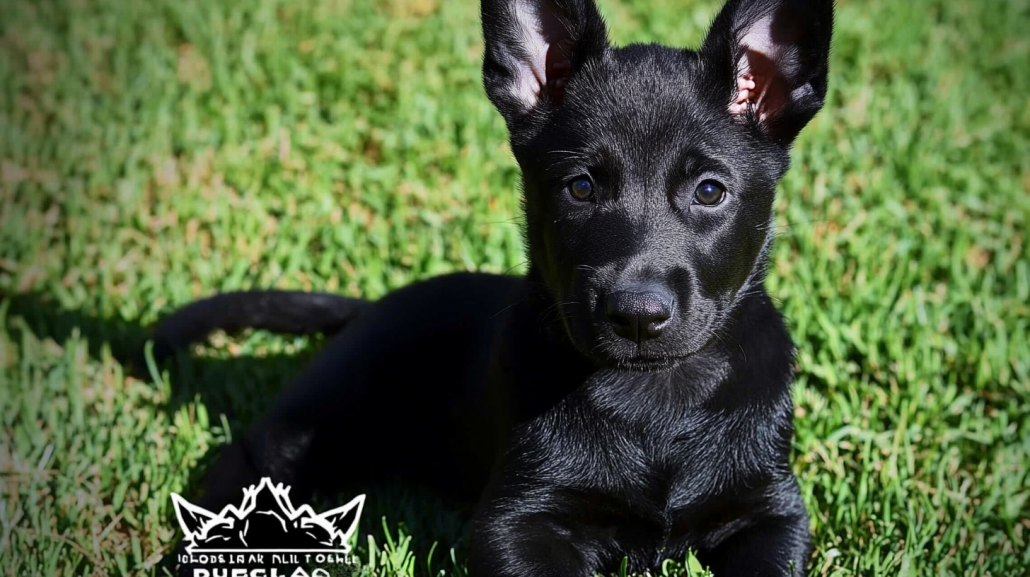
Health Clearances & Initial Vet Checks
A reputable source for your black belgian malinois puppy will provide documentation of health screenings, especially for hip and elbow dysplasia. Early checkups and vaccinations are crucial to ensure your pup starts life strong. Discuss spaying/neutering timelines and potential breed-specific issues, such as:
- Hip/Elbow Dysplasia
- Progressive Retinal Atrophy (rare but worth noting)
- Epilepsy (some lines are prone)
Setting Up for Success: Welcoming Your black belgian malinois puppy
Puppy-Proofing Your Home
Prepare your living space to accommodate the enthusiastic antics of a black belgian malinois puppy:
- Secure Wires & Breakables: These pups love to explore and chew.
- Safe Zones: Create one or two dog-friendly areas with baby gates.
- Remove Toxic Plants & Chemicals: A curious nose can lead to trouble if hazardous substances are accessible.
Must-Have Puppy Supplies
- Crate & Bedding: A sturdy crate helps with house-training and offers a secure den.
- High-Quality Puppy Food: Consult a vet about balanced diets, given the breed’s growth rate and activity.
- Chew Toys & Puzzle Games: Provide both mental and physical outlets for your puppy’s energy.
- Collar/Harness & Leash: Look for durable materials suitable for an active medium-large breed.
Introducing Your black belgian malinois puppy to Family & Pets
When your black belgian malinois puppy arrives, keep initial interactions calm:
- Slow, Gentle Greetings: Avoid overwhelming your puppy with loud noises or a flood of visitors.
- Structured Meet-and-Greets: When meeting children or other pets, ensure close supervision and positive experiences.
- Consistent Boundaries: Teach kids how to correctly pet, hold, or play with the puppy. This fosters trust and respect.
Training Fundamentals for a black belgian malinois puppy
Why Early Training Matters
Malinois puppies are famously sharp and can pick up behaviors—good and bad—quickly. Capitalize on your black belgian malinois puppy’s willingness to learn by introducing basic commands right away, such as sit, down, and stay. Start with short sessions (5–10 minutes) multiple times daily, gradually increasing complexity as your pup matures.
Positive Reinforcement Techniques
Focus on motivating your black belgian malinois puppy through rewards and praise:
- Food Rewards: Tiny treats or kibble pieces keep them eager to repeat desired actions.
- Toy/Play Rewards: A quick tug-of-war match or ball toss can be equally enticing.
- Verbal Praise: Genuine enthusiasm builds your puppy’s confidence.
Socialization Essentials
Expose your black belgian malinois puppy to diverse environments, people, and animals before they develop territorial tendencies:
- Puppy Classes: Controlled group settings allow safe interaction with other pups.
- Outdoor Adventures: Trips to the park, farmer’s markets, or pet-friendly stores expand their comfort zones.
- Visitors at Home: Invite friends over in a relaxed setting, letting your puppy approach them at their own pace.
Addressing Undesirable Behaviors
Your black belgian malinois puppy may test boundaries with nipping, jumping, or barking:
- Nipping: Redirect to an appropriate chew toy and reinforce calm behavior with treats.
- Jumping: Look away and wait until all paws are on the ground, then give a reward.
- Barking/Alert Behaviors: Offer commands like “quiet” or “enough,” rewarding them once they stop.
Consistent responses teach your puppy what is acceptable. Remember to be patient—Malinois are eager learners but can also be sensitive to harsh discipline.
Exercise & Mental Enrichment: Keeping a black belgian malinois puppy Happy
Physical Activities
- Daily Walks/Short Runs: Aim for at least two structured walks each day.
- Fetch & Tug: Great for burning off extra energy while reinforcing obedience cues like “drop it.”
- Agility Courses: Once your black belgian malinois puppy is old enough, consider agility training or obstacle courses.
Important: Avoid intense jumping exercises or forced running while bones are still developing (up to around 12–18 months). Overexertion can risk joint damage.
Mental Workouts
- Puzzle Toys: Keep a rotating stash of treat-dispensing puzzles to sharpen problem-solving skills.
- Nose Work: Hide treats or favorite toys around the house or yard for your puppy to sniff out.
- Basic Obedience Drills: Frequent mini-sessions reinforce commands and keep the puppy’s mind engaged.
Scheduling Rest & Downtime
Though active, a black belgian malinois puppy also needs proper rest:
- Puppy Naps: Provide a quiet crate or dog bed for short, frequent naps throughout the day.
- Downtime: Overstimulating your puppy can lead to heightened stress or irritability. Look for signs like yawning, excessive panting, or agitation.
Health & Grooming: Caring for Your black belgian malinois puppy
Common Health Concerns
Like all breeds, Malinois have potential predispositions:
- Hip & Elbow Dysplasia
- Genetic screening can reduce risks.
- Monitor weight to minimize stress on joints.
- Eye Issues
- Progressive Retinal Atrophy (PRA) is rare but still a concern.
- Regular vet checkups help identify early signs.
- Allergies & Skin Sensitivities
- Observe for chronic itching, red patches, or frequent paw-licking.
- Your vet may suggest diet changes or medication if allergies are confirmed.
Nutrition & Diet
- High-Quality Kibble: Look for large-breed puppy formulas with balanced protein, fat, and nutrient ratios.
- Portion Control: Overfeeding can cause rapid growth, stressing developing joints in your black belgian malinois puppy.
- Healthy Treats: Opt for lean protein or fruit/veggie-based treats to avoid excessive calorie intake.
Grooming Routines
A black belgian malinois puppy typically has a short, weather-resistant coat that’s relatively low-maintenance:
- Brushing: Once or twice weekly with a soft-bristle brush or grooming mitt helps remove loose fur.
- Bathing: Bathe every few months or as needed to avoid stripping natural oils.
- Nail Trims: Overly long nails can cause discomfort or alter gait, so trim them regularly.
- Ear & Dental Care: Check ears for redness or excess wax, and brush teeth using dog-safe toothpaste to prevent tartar buildup.
Table: Growth & Development Stages of a black belgian malinois puppy
Below is a general outline of developmental milestones. Each puppy is unique, so consult your vet for personalized guidance.
| Age (Months) | Approx. Weight (lbs) | Development Highlights |
|---|---|---|
| 2–3 | 10–20 | Transition to solid puppy food; starting basic socialization |
| 4–5 | 20–35 | Rapid growth; teething intensifies; early obedience training |
| 6–7 | 35–50 | Stronger muscular development; building endurance in exercise |
| 8–9 | 45–60 | Possible teenage-like behavior; more advanced training can begin |
| 10–12 | 55–70 | Approaching adult size; reinforce consistent boundaries and routine |
| 12–18 | 60–75 (female) / 65–80 (male) | Near full adult weight; refine working/obedience skills |
Note: These numbers are approximations. Individual growth rates vary based on genetics, diet, and activity level.
Integrating a black belgian malinois puppy into Family Life
Living with Children
A well-socialized black belgian malinois puppy can become a devoted friend to kids. However:
- Teach Proper Interaction: Show children how to approach calmly and gently.
- Monitor Play: Malinois can be physically intense. Supervise to ensure neither puppy nor child gets overstimulated.
- Enforce Quiet Time: Provide your puppy a safe space to retreat when tired or overstimulated.
Handling Multiple Pets
Malinois generally coexist well with other dogs if introduced gradually. With cats or small animals, it’s essential to manage the high prey drive typical of herding breeds:
- Supervised Introductions: Keep initial meetups short and controlled.
- Create Pet Zones: Separate feeding areas or sleeping spots reduce stress and competition.
- Focus on Obedience: Reinforce commands like “leave it” to help curb chasing instincts.
Effective Communication & Bonding
- Consistent Rules: Mixed signals—like sometimes allowing them on furniture but scolding them at other times—confuse your puppy.
- One-on-One Time: Spend quality moments with your black belgian malinois puppy, engaging in fun, training, or quiet companionship.
- Observation: Watch body language for stress signals, like lip licking, whale eye (showing whites of eyes), or pacing, so you can intervene appropriately.
Real-Life Success Stories
Case Study 1: Luna, the Agile Champion
Luna’s family adopted her at nine weeks old, drawn by her sweet temperament and jet-black coat. They immediately enrolled her in puppy obedience classes and agility foundations, channeling her abundant energy into sports. By the time Luna was a year old, she was competing in local agility trials, impressing everyone with her focus and speed.
Key Takeaways: Early training and regular mental stimulation can transform a black belgian malinois puppy into a confident, high-achieving companion.
Case Study 2: Rex, the Protective Family Pal
Rex joined a busy household with two teenagers. Though initially mouthy and restless, consistent boundaries and daily morning jogs helped manage his zest for action. Today, Rex is a vigilant protector who adores belly rubs from the entire family—and politely awaits permission before darting out the front door.
Key Takeaways: With structured exercise, a clear routine, and positive interactions, a black belgian malinois puppy can balance protective instincts with gentleness toward loved ones.
FAQs
Below, find concise FAQs about a black belgian malinois puppy.
Are black Belgian Malinois hard to find?
They aren’t as typical as the usual fawn coat, but a black belgian malinois puppy is still attainable from trusted sources. Color is just one genetic variation. Ensure health checks and ethical breeding practices matter most.
Can black Belgian Malinois adapt well around children?
Yes, if introduced carefully and given firm, consistent guidance. A black belgian malinois puppy bonds closely with family, including kids. Teach children to be gentle, and monitor play to keep it calm and safe.
What’s the ideal activity level for a black Belgian Malinois?
They require steady physical workouts and mental tasks each day. A black belgian malinois puppy can’t just lounge all day. Plan regular walks, play sessions, and training exercises to prevent boredom.
Do black Belgian Malinois show aggression easily?
Not if raised responsibly. A black belgian malinois puppy that’s well-socialized tends to be watchful yet calm. Enforce structure and training to shape a balanced temperament.
Which diet suits a black Belgian Malinois puppy?
Opt for premium, large-breed formulas. A black belgian malinois puppy needs a well-rounded nutrient profile. Vet advice helps tailor feeding to their growth rate and lifestyle.
Is an apartment setting okay for a black Belgian Malinois?
Yes, if you can meet their high energy demands. A black belgian malinois puppy requires daily walks, interactive play, and mental stimulation. Lack of sufficient outlets leads to frustration and problem behaviors.
Conclusion
Embracing life with a black belgian malinois puppy means welcoming a loyal, highly driven, and intelligent canine into your family. While they may not be the easiest breed, the rewards of seeing your puppy transform into a focused, capable, and affectionate adult dog are truly priceless. With consistent training, thoughtful socialization, and plenty of engaging activities, your black belgian malinois puppy can become a steadfast companion ready to join you on any adventure. Feel free to share your own experiences or ask questions below—your insights might inspire another Malinois enthusiast to embark on this incredible journey!
For guidance on dog care, adoption, and health, consider visiting the American Society for the Prevention of Cruelty to Animals (ASPCA).

